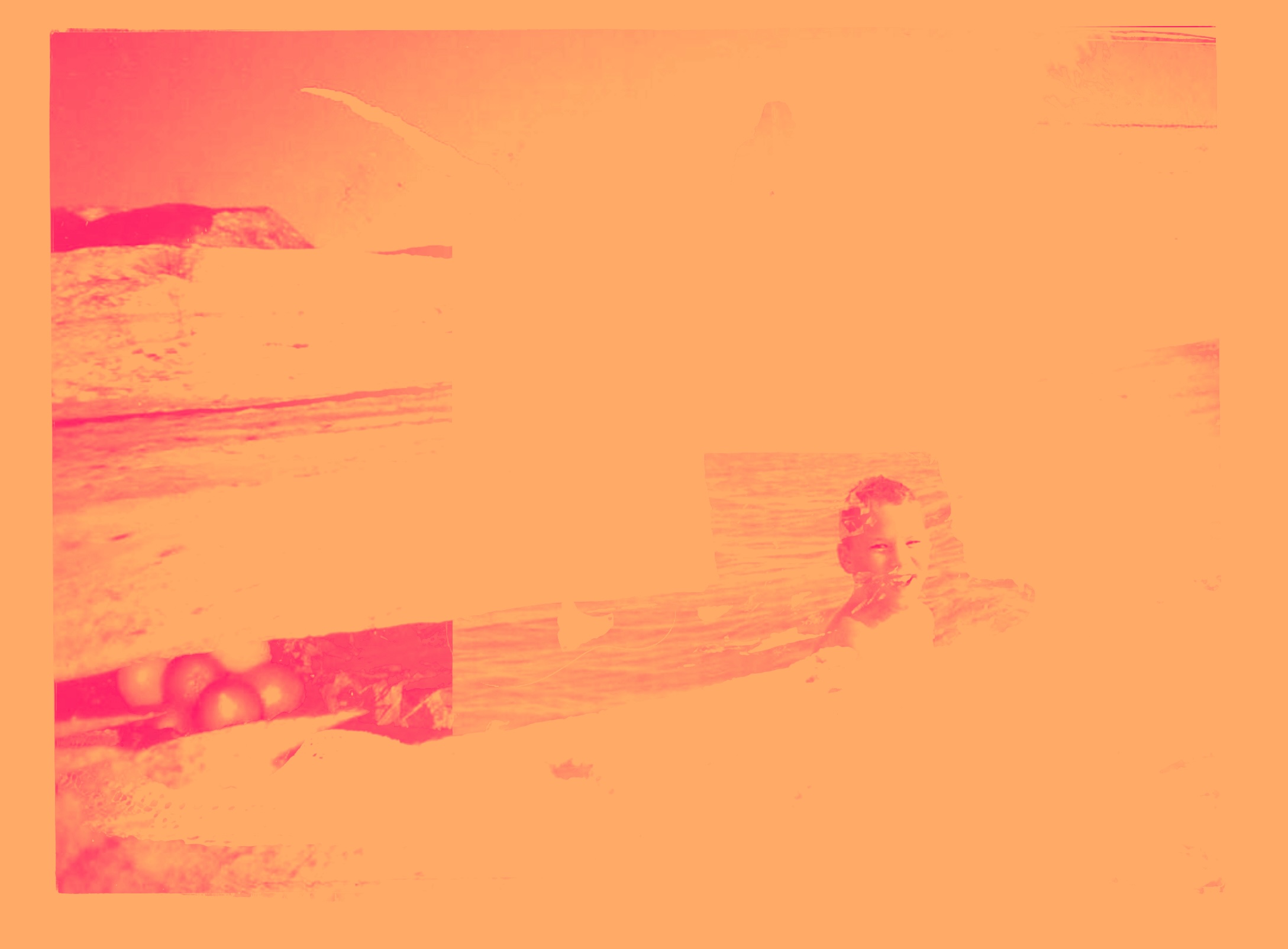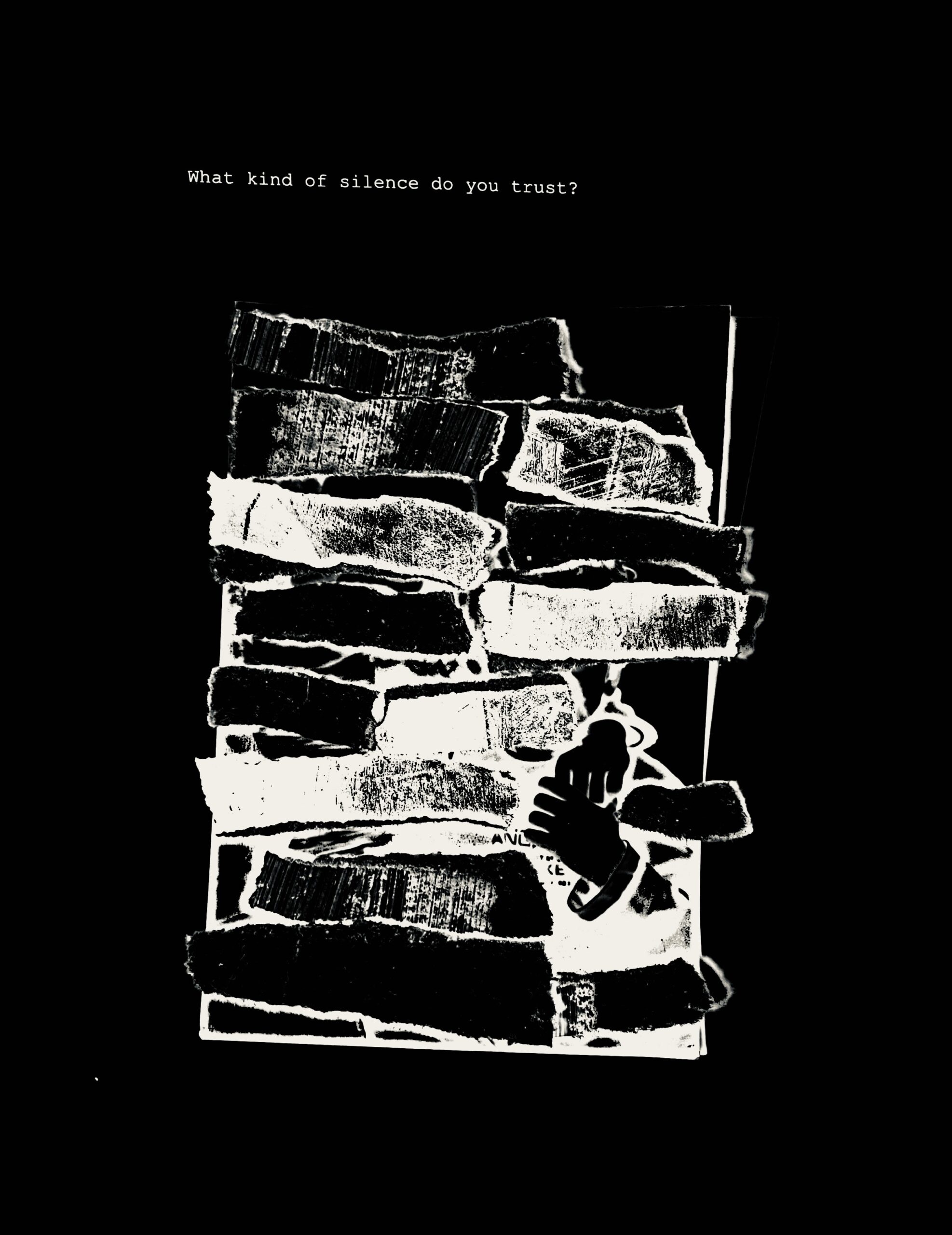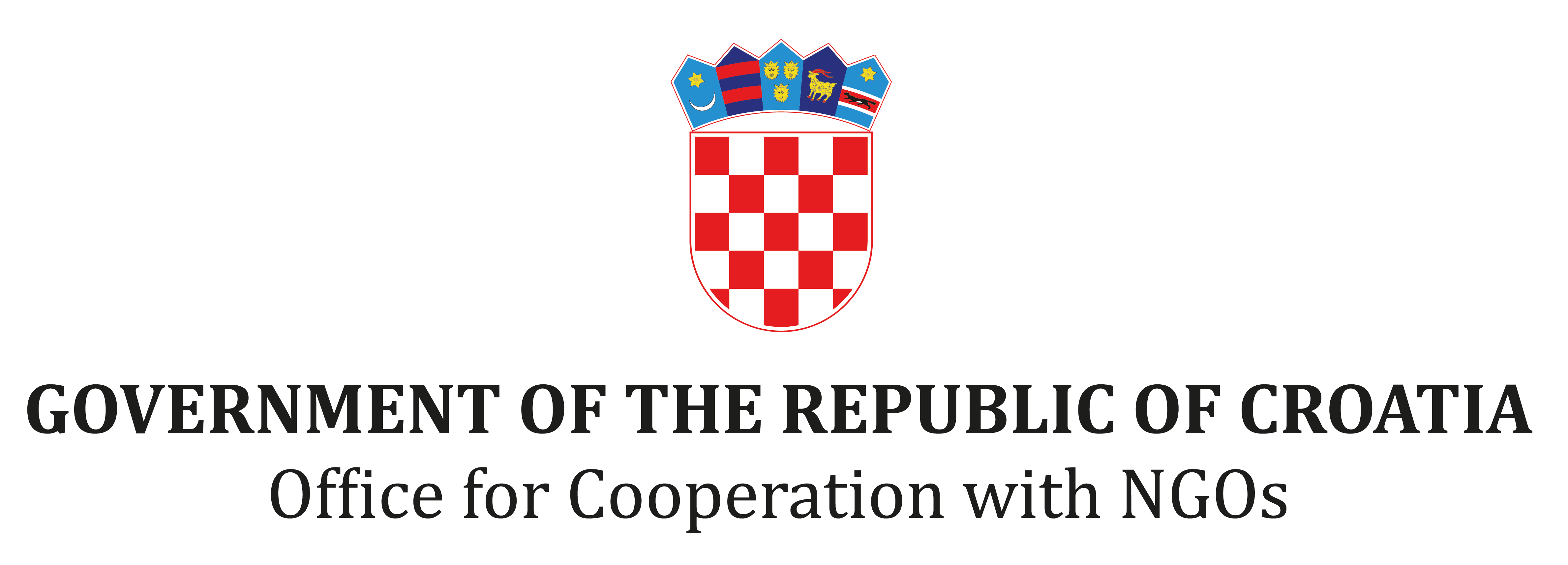CreArt 3.0: TAKEOVER
TAKEOVER
European Month of Creativity
Curator: Antonela Solenički
Artists: Marlen Ban, Sanda Črnelč, Josip Kresović, Stela Mikulin, Branimir Štivić

For this year’s European Month of Creativity, the Croatian Association of Fine Artists, within the EU project CreART 3.0, has organized a small festival of contemporary art in business premises—TAKEOVER.
Emerging artists (Marlen Ban, Sanda Črnelč, Josip Kresović, Stela Mikulin, Branimir Štivić), selected by the curator Antonela Solenički, will “take over” spaces within recognized companies operating in or related to the fields of cultural and creative industries, like Brigada, Google Croatia, Grupa, Intera or architectural studio Randić and Associates.
During the artwork selection process, the curator considered both the typologies of the spaces encountered in the project and the production of content within those spaces, aiming to establish a content-related interaction between the artistic projects presented and the employees who will encounter these projects on a daily basis.
The artists will exhibit their work in the companies and present it to the employees. Each intervention will also be presented to the public through open-door events and conversations with the artist.
ARTISTIC INTERVENTIONS:
MARLEN BAN, No Time for a Revolution, 2025
No Time for a Revolution questions the current state of society through the statement Nobody is going to start a revolution. This seemingly passive message opens space for a critique of the status quo, in which systemic control, censorship, and the normalization of authoritarian practices erode faith in the possibility of change.
The work oscillates between personal reflection and collective uncertainty, questioning why – despite access to information and technology – we remain passive in the face of injustice and dehumanization. It does not call for revolution, but for contemplation: why does revolution feel so distant?
Without taking a direct political stance, the aim is to prompt the viewer to reconsider power, identity, and everyday passivity, and to open a space for critical dialogue about social norms we often take for granted.

Artwork detail No Time for a Revolution, by Marlen Ban
SANDA ČRNELČ, I Discovered Something Between Two Bricks, 2025
Space and object—motifs that conceptually link the artist’s previous works—have initiated the development of a new idea that visually leans toward the abstraction of form, while conceptually driven by a desire for self-reflection. By moving away from the brick as a material, she explores the visual potential of color and volume, aiming to question her own fear of occupying space.

Artwork detail I Discovered Something Between Two Bricks, by Sanda Črnelč
JOSIP KRESOVIĆ, Ti si bija baš sritno dite (You Really Were a Happy Kid), 2025
The spatial installation You Really Were a Happy Kid is a collection of materialized sensory memories from a moment in childhood. At the same time, it is a record of nervous gestures, of the ritual of cleaning, scratching, peeling. A channel for anxious energy that is released pathologically, because no one ever showed it where to go.
It is also about music you can’t hear—perhaps best evoked through the visceral reaction of the body and mind when you catch the scent of a long-forgotten perfume and shivers rush over you.
The starting point of the work is an event, chronologically blurred, yet so vividly etched. There is singing. It’s hot. You are being watched. Fingers in your pockets try to reach your thigh bone. The skin resists. It burns. You don’t feel it. You’re fine.

Artwork detail Ti si bija baš sritno dite (You Really Were a Happy Kid), by Josip Kresović
STELA MIKULIN, Intimate Dialogue, 2025
In the absence of real dialogue, where a meeting has not yet been possible, the need arose to nonetheless create a space — to shape it as an open possibility, as a preparation, as a silence that anticipates speech. This phase of the project Intimate Dialogue does not arise from the certainty of a finished form, but from the process of an uncertain search for an approach, for a language that would not harm, for a space that could truly be shared.
The work consists of two levels:
On a tactile platform, placed in the space as a physical object, questions are inscribed that deliberately remain open and undefined. They are not posed to steer the conversation in a specific direction, but are shaped to invite future participants — migrants — to define the themes, needs, and ways of communication themselves. This platform does not function as a representation of an existing dialogue, but as its announcement, its quiet anticipation. In this way, a position of power is avoided, and instead, a framework is created that can, in future live encounters, be transformed according to what the community wishes to share.
Jean-Luc Nancy speaks of being-in-encounter (être-en-rencontre) — a state in which the subject is not yet complete, but is shaped in anticipation of a relationship. It is precisely this phase of pre-encounter, where the “other” is not yet present, but whose presence is felt as necessity and hope, that forms the core of this platform. It materializes anticipation, but does not dare to speak on behalf of the other. It does not question, does not offer answers, does not interpret — it waits.
The analogue segment of the work, extending through space as a series of handcrafted fragments — poetic questions, illustrations, and photocollages — reflects the internal process of the author: her thoughts, doubts, fears, and questions that arise in the attempt to shape a work that does not speak in place of others. These questions are not posed to be answered; they are traces of a personal process, self-inquiry, a confrontation with one’s own gaze and position. In them, one recognizes the awareness of the boundary between one’s own perception and the experience of others.
The platform, in its silence, remains a functional structure, creating the conditions for an encounter that is yet to come.

Artwork detail Intimate Dialogue, by Stela Mikulin
BRANIMIR ŠTIVIĆ, DOTWORK [256x320px], 2025
The work DOTWORK [256x320px] is a generative video installation composed of low-resolution LED screen modules. By integrating video displays into material, three-dimensional objects made from aluminum structures and 3D-printed plastic—onto which the LED modules and electronics are mounted—I explore the physicality of the pixel and its “invisibility” within the framework of consumer electronics.
By layering multiple monochromatic visuals and employing dithering and dot-based algorithms, the piece generates a low-resolution image that examines the graphic potential of point-based raster patterns. The 3mm spacing between individual pixels, commonly used in advertising panels, is significantly larger than that of modern smartphone, computer, or smartwatch screens. This allows for the original medium of light to be perceived as a constructive element of the display, functioning simultaneously as ambient lighting within the surrounding space.

Artwork detail DOTWORK [256x320px], by Branimir Štivić
About the curator:
Antonela Solenički is an independent curator and researcher. She holds a degree in Visual Arts and Curatorial Studies from NABA in Milan, and a bachelor’s degree in Art History and Spanish Language and Literature, which she studied in Zagreb. As part of the NOVAci project, developed in collaboration between WHW and Pogon, she curated the exhibition At the Tip of the Tongue (2022) at Gallery Nova in Zagreb. She is currently working as a curator at the Miroslav Kraljević Gallery in Zagreb.
About the artists:
Marlen Ban (b. 1999) earned her undergraduate degree at the Department of Animation and New Media at the Academy of Fine Arts in Zagreb. She is currently completing her studies in Public Administration at the Faculty of Law in Zagreb. As of May 2025, she is undertaking a professional internship at the Office of the Ombudsperson for Gender Equality. She works as a production assistant at the Miroslav Kraljević Gallery and leads art workshops at the Association and Club Zajedno, within the Sveti Ivan Psychiatric Hospital. Through her artistic practice, she explores social and personal relationships, as well as her own emotional states and fears. Using site-specific installations, she examines the ideas of space and the people within it. She has participated in group and solo exhibitions in Croatia and abroad, including No More ‘I’m Sorry’ (Miroslav Kraljević Gallery, 2023), the 37th Youth Salon, Situation (AMZ Gallery, 2024), and Amore ist gone (Karas Gallery, 2025). She is a recipient of the 19th Erste Fragments scholarship and received a special mention from the jury at the 37th Youth Salon.
Sanda Črnelč (b. 1997, Zagreb) graduated in 2023 from the Academy of Fine Arts in Zagreb, Croatia, Department of Art Education, painting program, in the class of Assistant Professor Marko Tadić, Art.D. She is an active member of the artistic community in Croatia and abroad, with several solo exhibitions and participation in numerous group projects. She is the recipient of the Rector’s Award for a group artistic project during the 2017/2018 academic year at the Academy of Fine Arts, University of Zagreb, and the Chinese Government Scholarship for the 2019/2020 academic year, through which she spent a year at the China Academy of Art as part of the IMFA program. In 2024, she was part of the sixth generation of participants in the WHW Academy. Through a procedural artistic practice, she seeks to delve into the complex relationship between matter and concept, exploring the states and spaces that exist between the initial idea and its realization.
Josip Kresović (b. 1992, Zadar) is an interdisciplinary artist and psychologist. In 2018, he earned his master’s degree in psychology from the University of Zadar, specializing in the psychology of art, with a focus on visual-aesthetic sensitivity and the relationship between art and mood. Alongside his studies, he developed his own artistic practice, exploring personal iconography as a means to investigate the relationship between the environment and the individual, and how that relationship can influence personality formation. His work spans various media, including sculpture, collage, installation, and performance. Since 2017, he has exhibited and performed both independently and in group shows across Croatia. On two occasions, he received support from the Ministry of Culture and Media of the Republic of Croatia for visual artists (Roller, 2021, and To Swim Like You No One Can, 2023). In 2023, in collaboration with the Croatian Museum of Naïve Art, he was awarded the ICOM Prize for his work Sun Worker. In 2024, following his participation in the Youth Salon’s Situation exhibition, he received a special recognition from the Croatian Association of Visual Artists for his piece titled 11. He is also actively engaged in stage and graphic design.
Stela Mikulin (b. 1996) is a visual artist and holds a Master’s degree in Art Education. She graduated from the Academy of Fine Arts in Zagreb, and her work focuses on themes of identity, memory, and space. She has exhibited in numerous solo and group exhibitions in Croatia and abroad, including projects such as Poetics of Place and Archive of the Absent, as well as festivals like Trienal Tres Pesos in Mexico. She has participated in international projects such as ECO CURVE and Soundgate Zagreb, and was a member of the fourth generation of the WHW Academy. She is a recipient of the Izidor Kršnjavi Plaque awarded by the Department of Art History at the Faculty of Humanities and Social Sciences in Zagreb.
Branimir Štivić (b. 1991, Cerić) graduated in New Media from the Academy of Fine Arts in Zagreb (2021) and in Information and Software Engineering from the Faculty of Organization and Informatics in Varaždin (2015). His artistic work focuses on sound and light installations, audiovisual performances, live cinema, expanded cinema performances, programmed art, industrial technologies, and sound for contemporary dance. He has exhibited in numerous solo and group exhibitions and has received the professional award from the Museum of Contemporary Art at the 37th Youth Salon, as well as the Golden Watermelon 7.0 award.
His works stem from a deep interest in the physicality of media and materials, as well as their interrelations within the contemporary technosphere and the Anthropocene. Through the development of various methods of industrial production, human labor, technology, programming code, video, and sound, he opens up new spaces for multidisciplinary research. He places particular emphasis on the physicality of pixels and contemporary LED technology, as well as the transcription of digital works into natural and synthetic materials such as wood, metal, and plastic.
***
The Takeover program provides art with the opportunity to “coexist” with the bustling everyday life of workspaces. In doing so, artistic works become active participants in the non-artistic world, blurring the sharp boundaries between the corporate and artistic sectors, while retaining their ever-present power to reshape our reality.
For locations and dates for public art talks follow HDLU social media pages and official Takeover program website: www.takeover.hdlu.hr
***
CreArt is a network of 13 medium-sized European cities aimed at exchanging experiences and best practices to promote contemporary art through a continuous transnational mobility program for emerging artists, curators, and cultural workers, in order to maximize the economic, social, and cultural contributions that creativity can bring to local communities. At the same time, CreArt 3.0 pushes boundaries beyond visual arts, empowering other artistic practices such as performing arts or music, and has also initiated a new collaboration with a non-governmental organization based in Lviv to support Ukrainian artists. The participating cities are: Kaunas, Liepaja, Skopje, Aveiro, Valladolid, Lublin, Venice, Clermont-Ferrand, Rouen, České Budějovice, Oulu, and Regensburg. The project includes 45 residency programs in 15 European cities, over 39 public events to celebrate the European Month of Creativity in 13 network cities, 13 educational programs to strengthen creativity and knowledge of contemporary art, 18 Street Art festivals, 10 annual festivals in galleries in 9 cities, and 6 European conferences and study visits.
Within the project:
![]()
Co-funded by:
![]()



Co-funded by the European Union – CREA-CULT-2023-COOP. The views and opinions expressed are solely those of the authors and do not necessarily reflect the official views of the European Union or the European Education and Culture Executive Agency (EACEA). Neither the European Union nor the European Commission can be held responsible for them. [Project number: 101128499]
Project is co-financed by the Government Office for Cooperation with NGOs.
The views expressed in this announcement are the sole responsibility of HDLU and do not necessarily reflect the opinion of the Government Office for Cooperation with NGOs.





